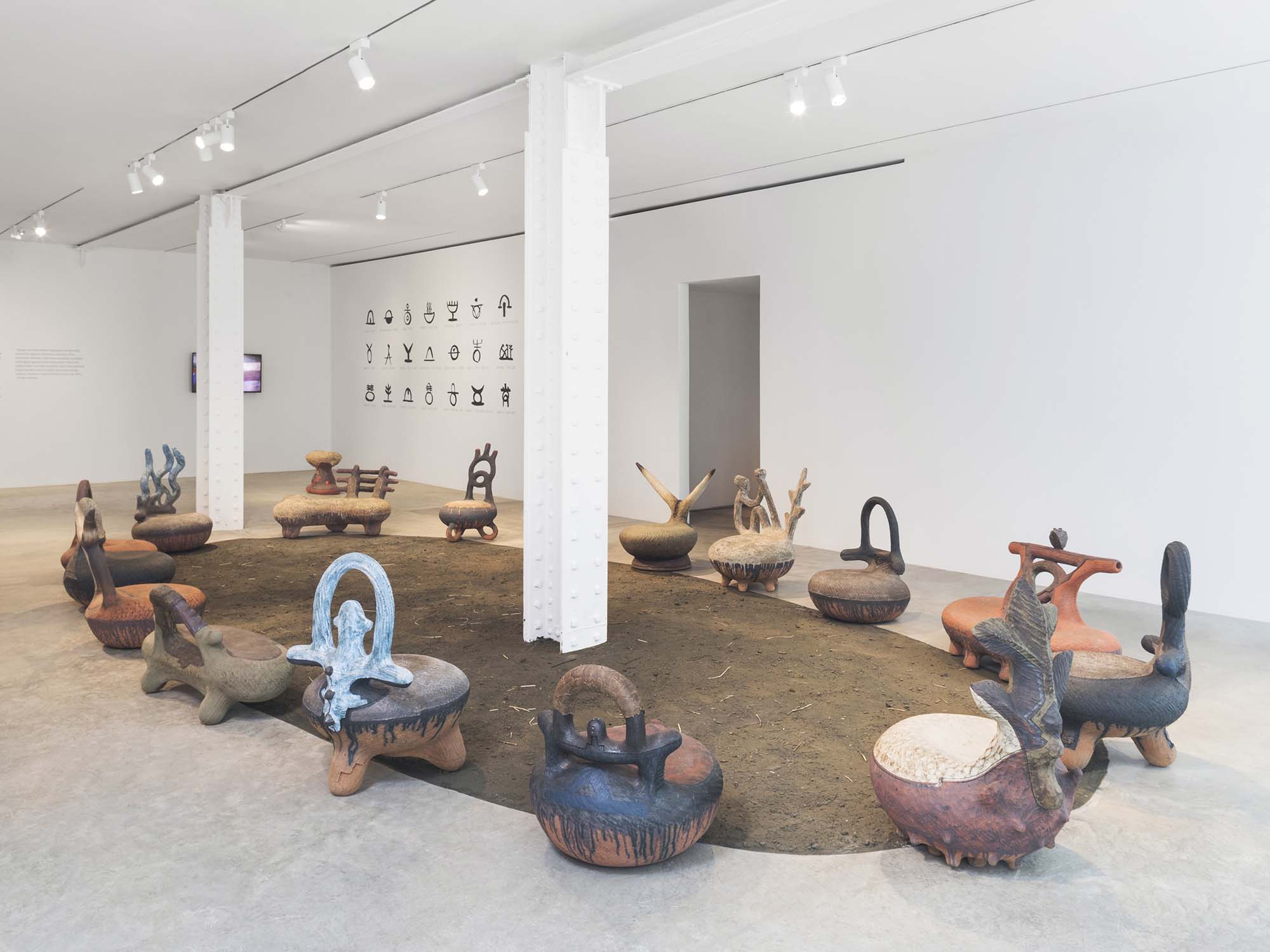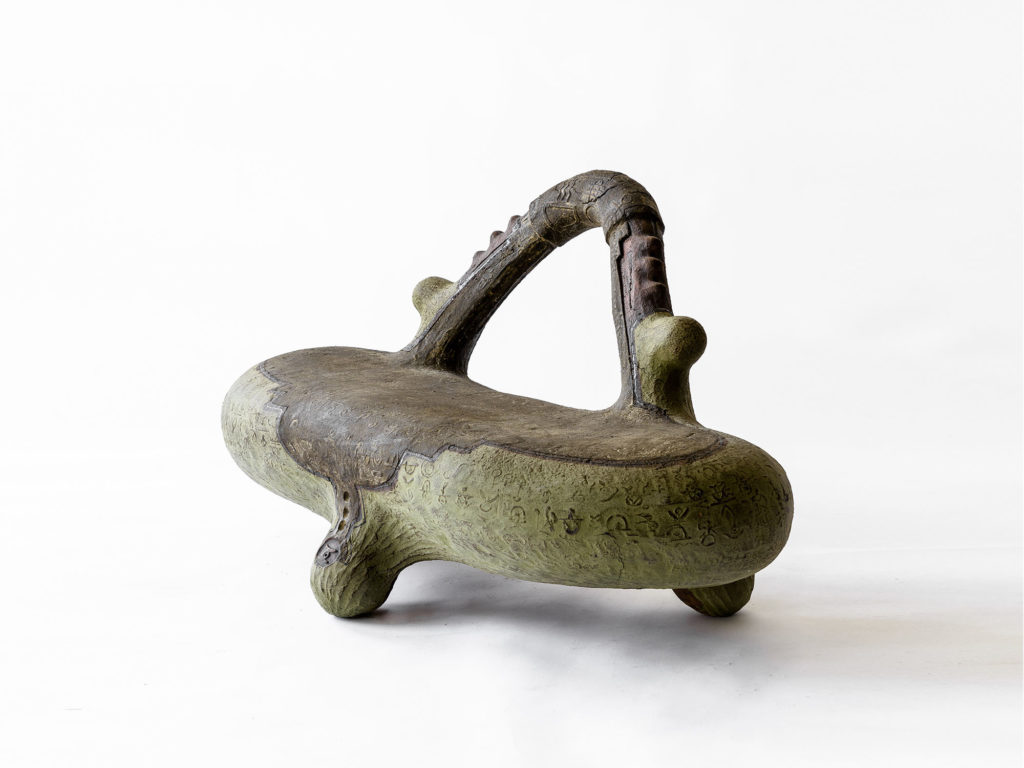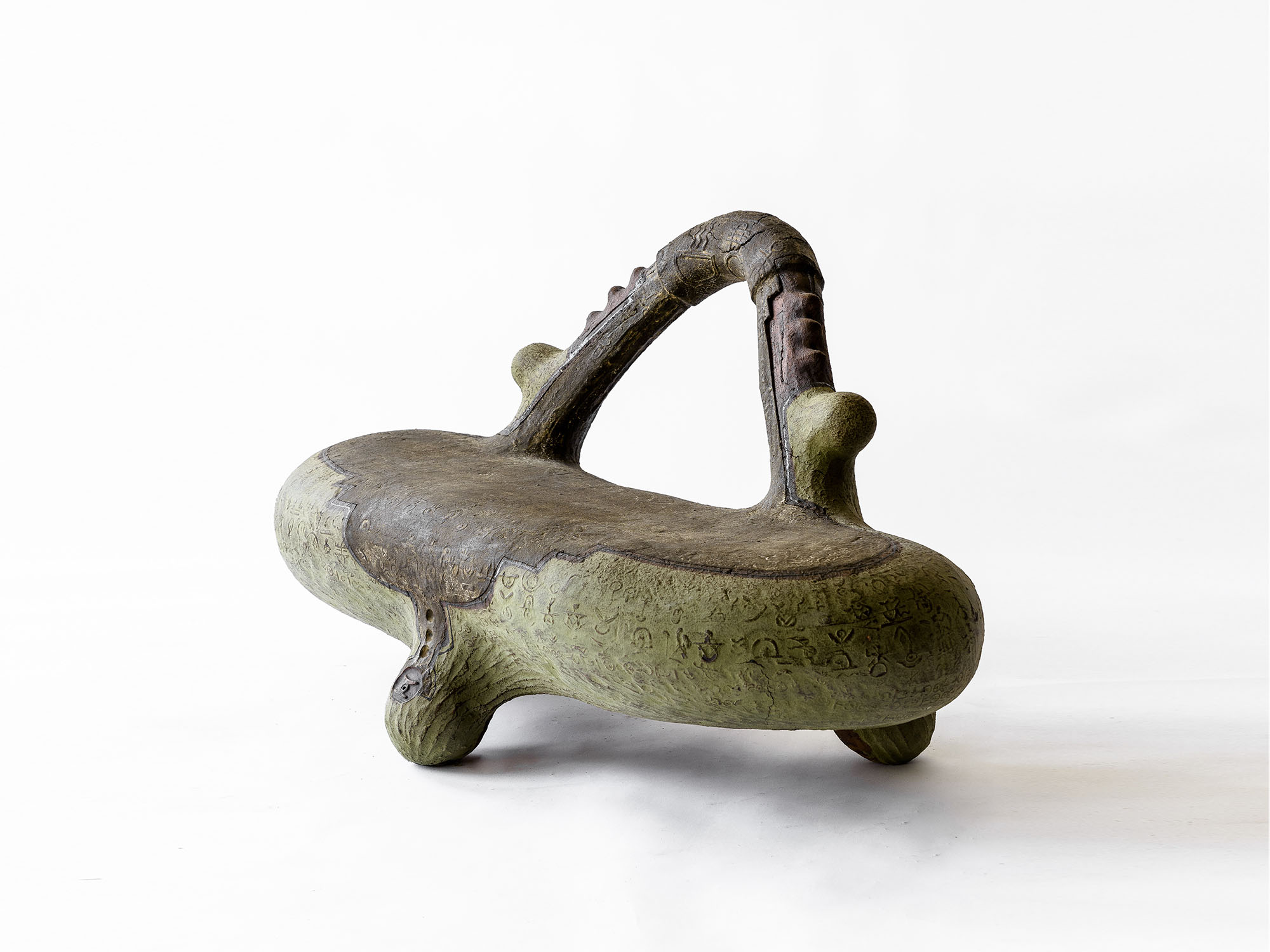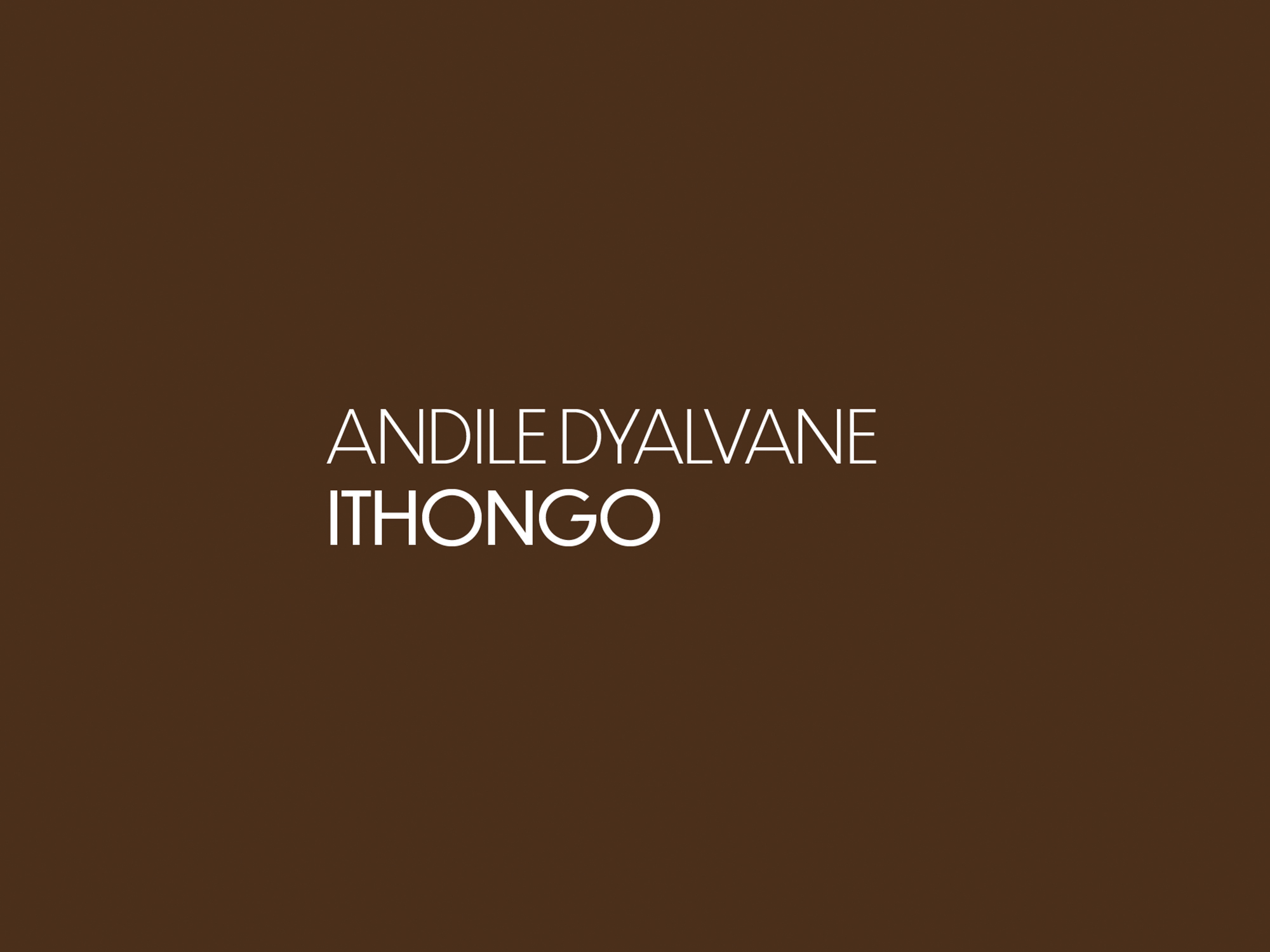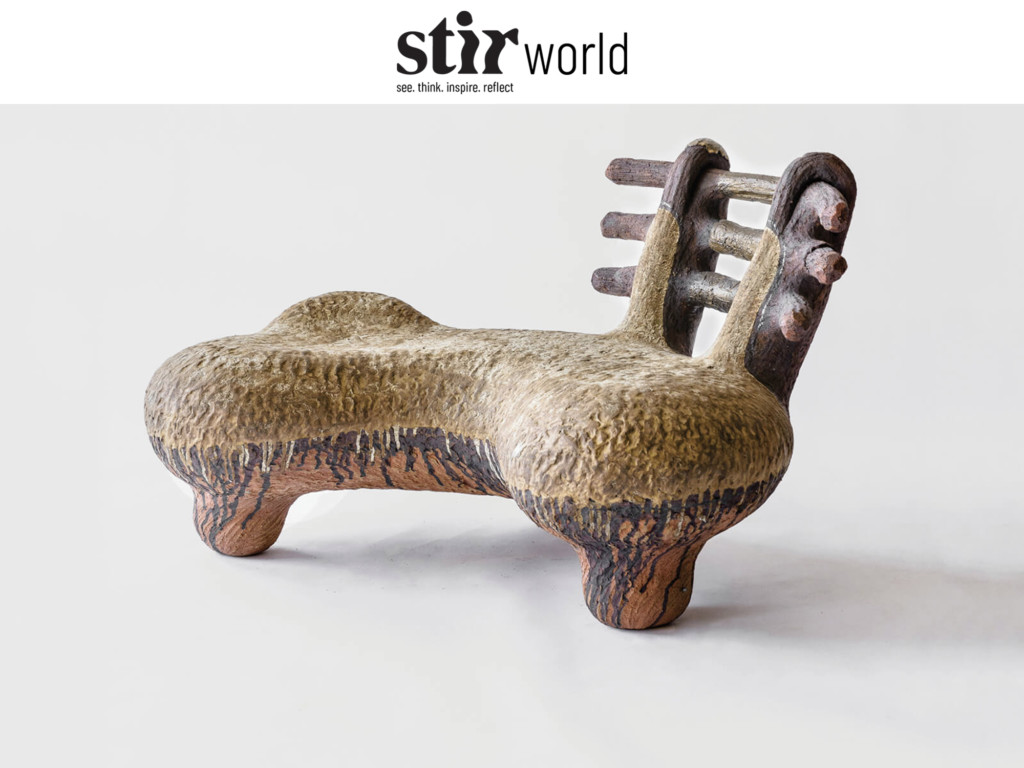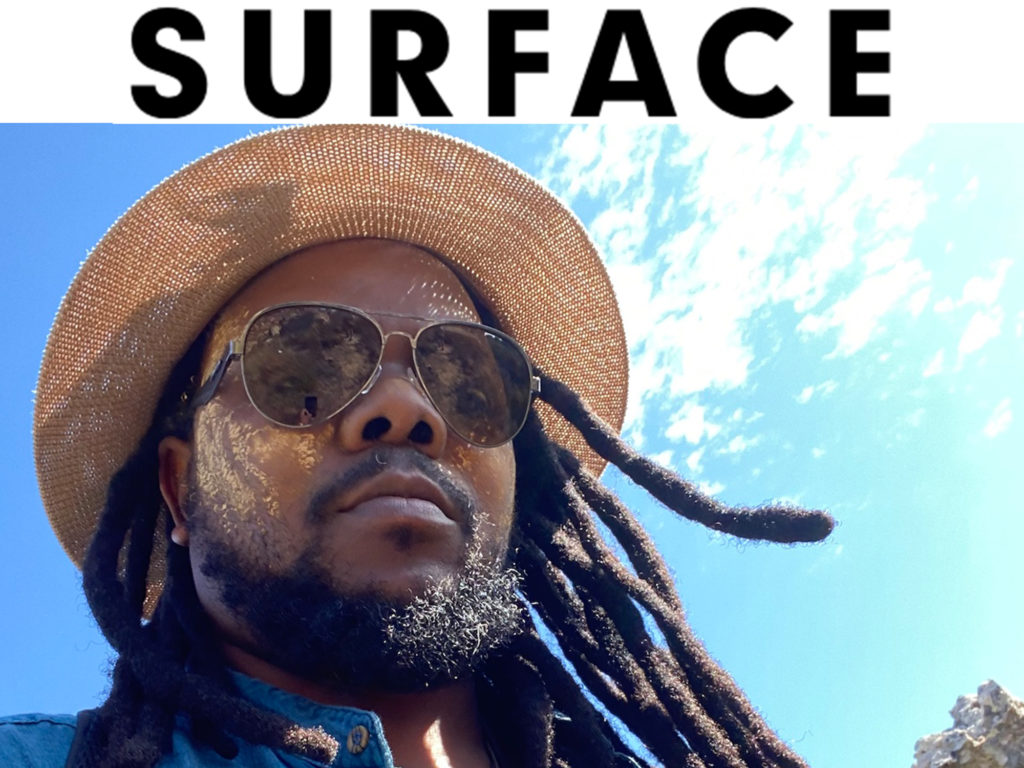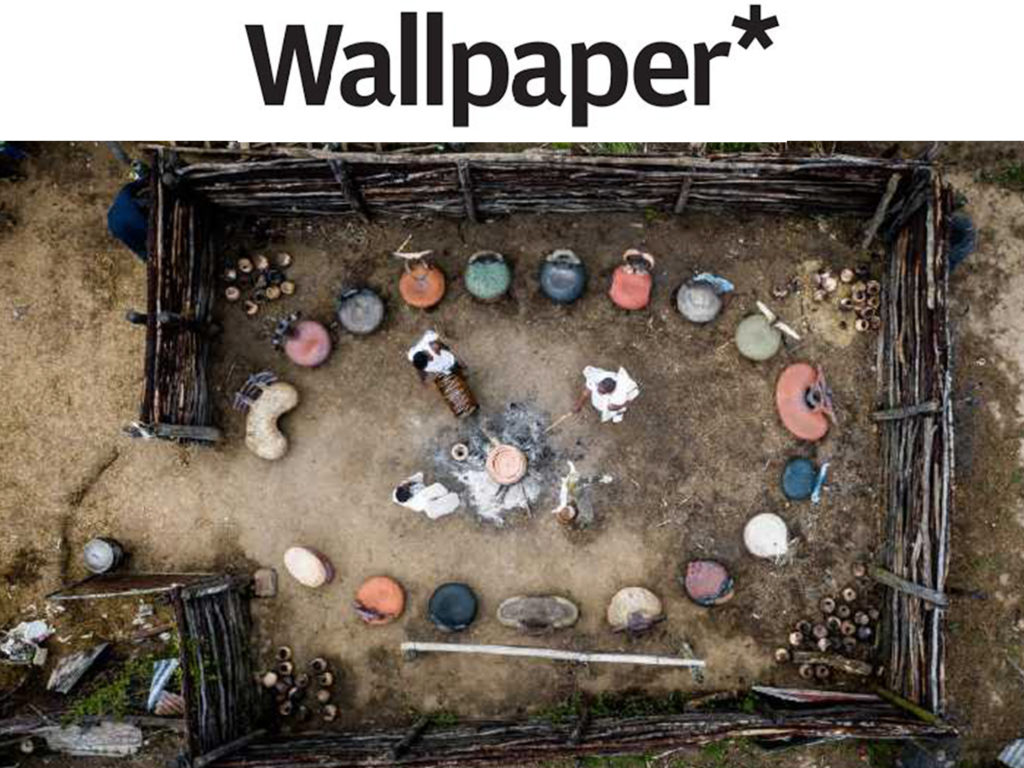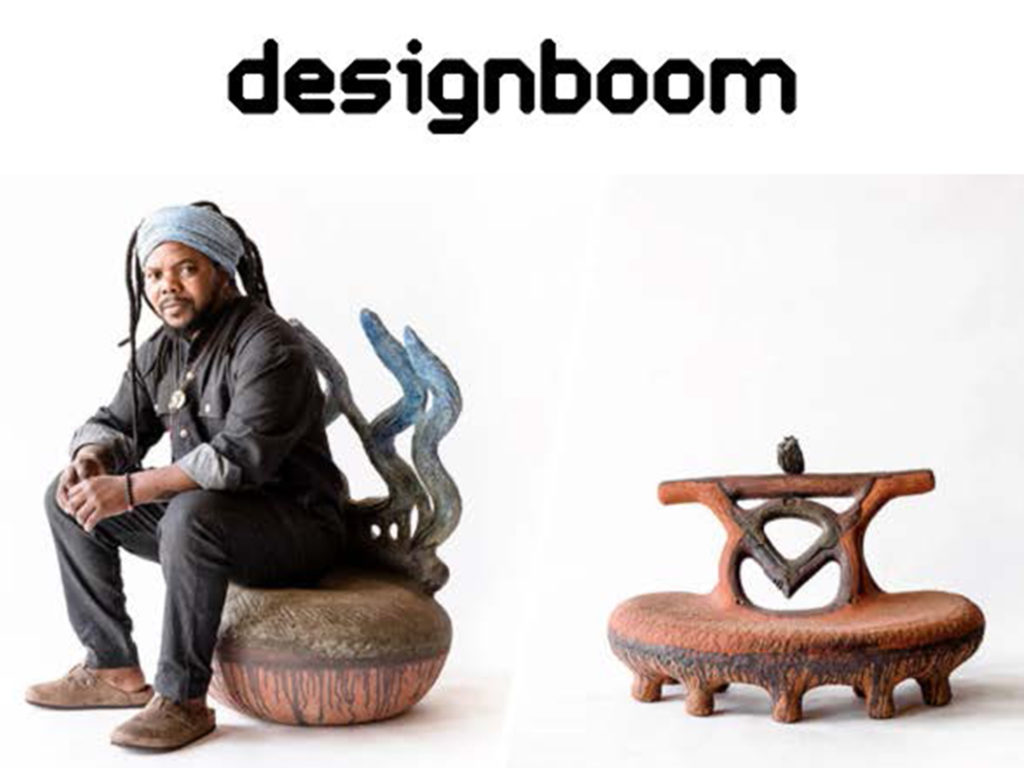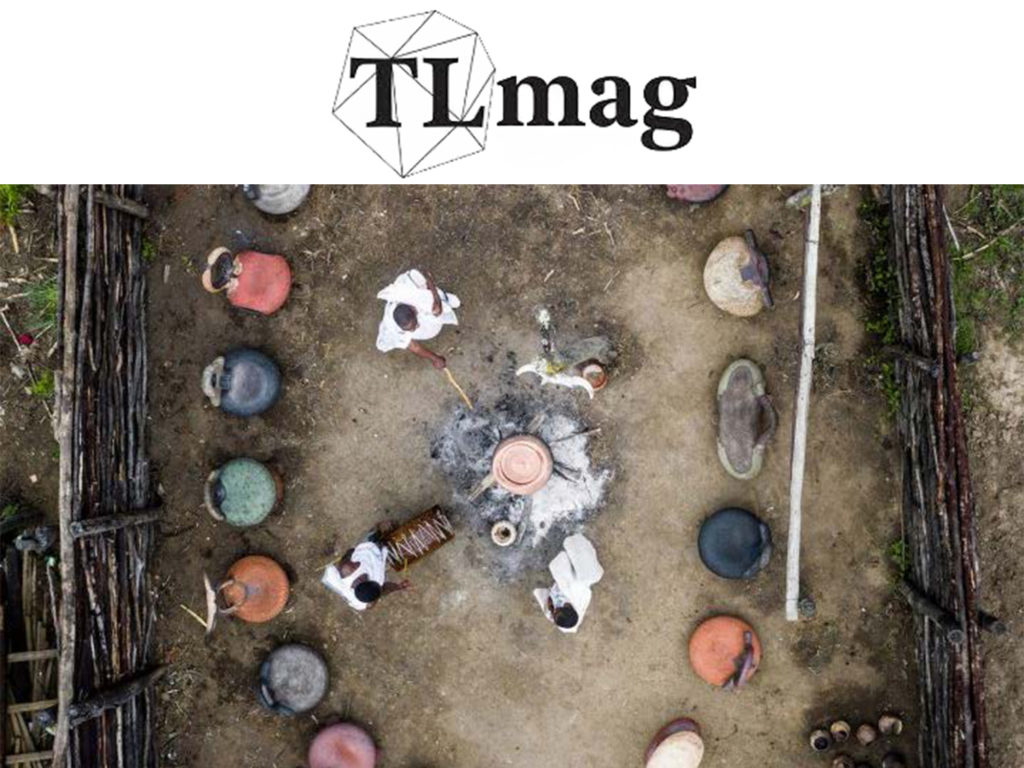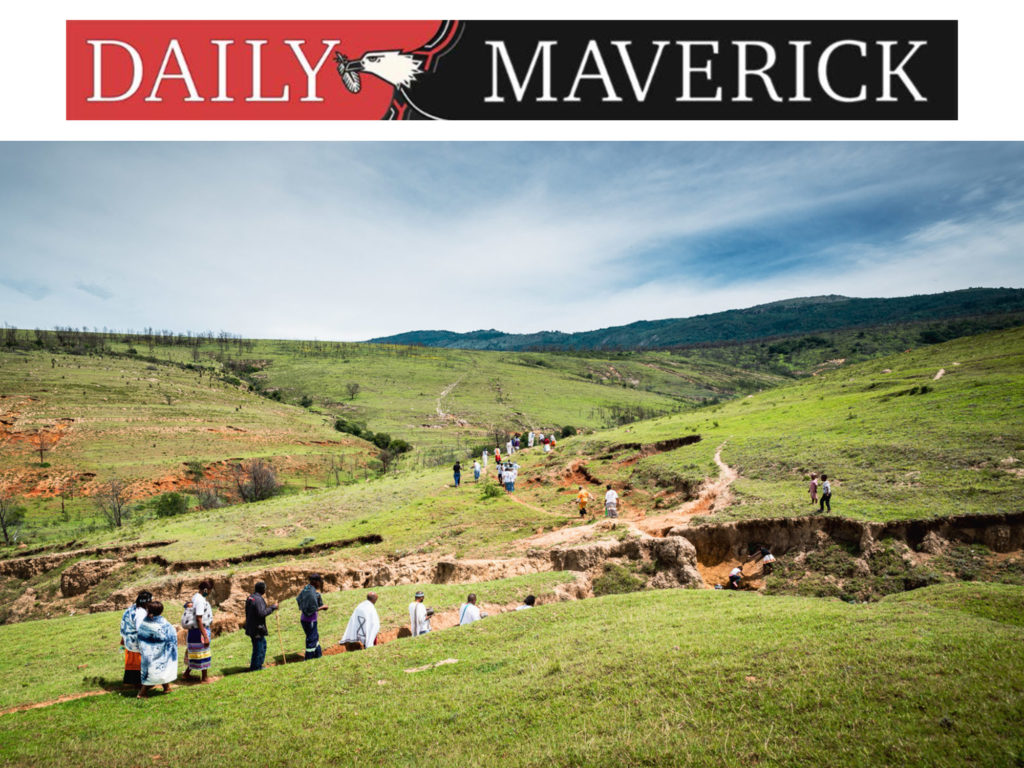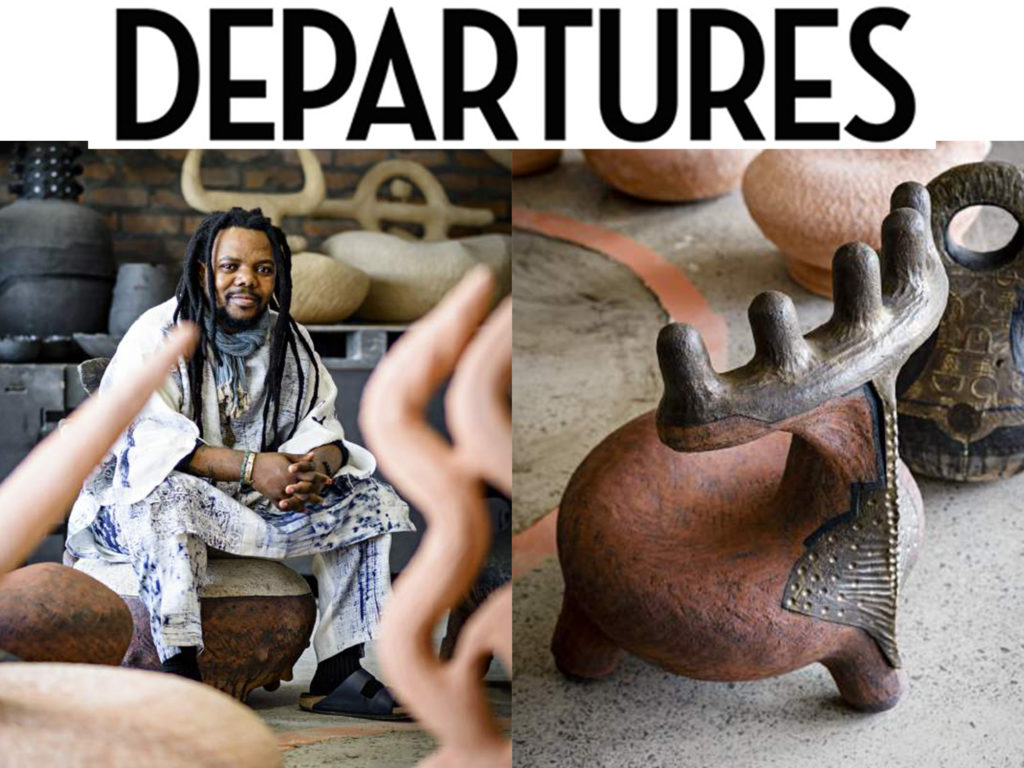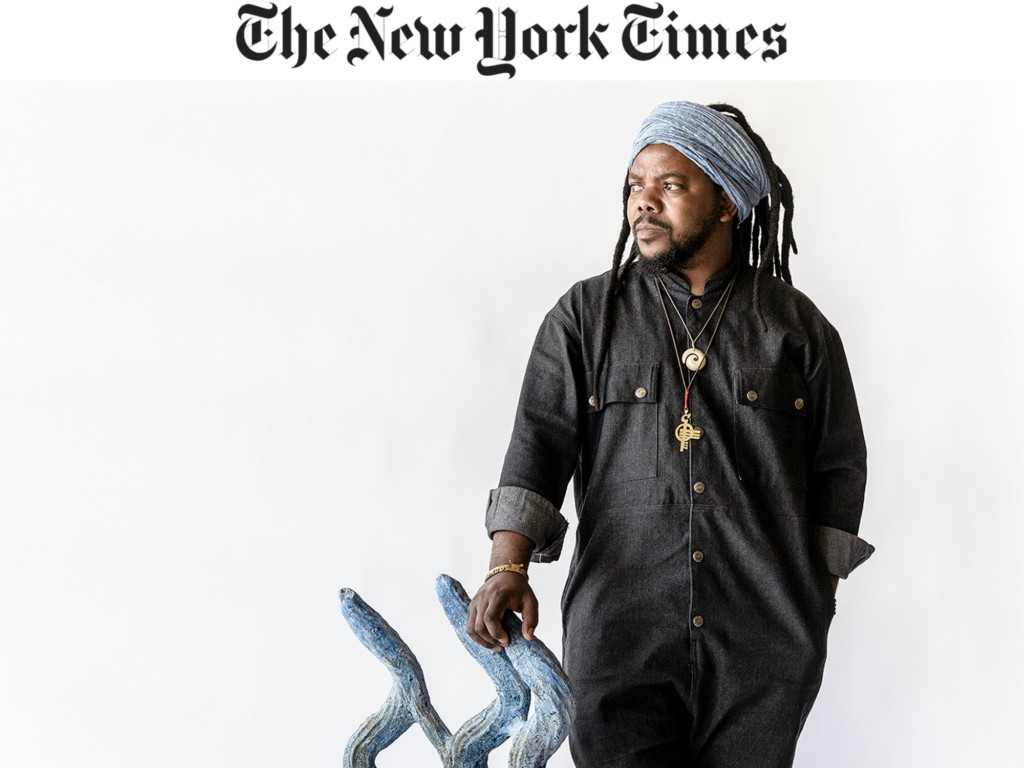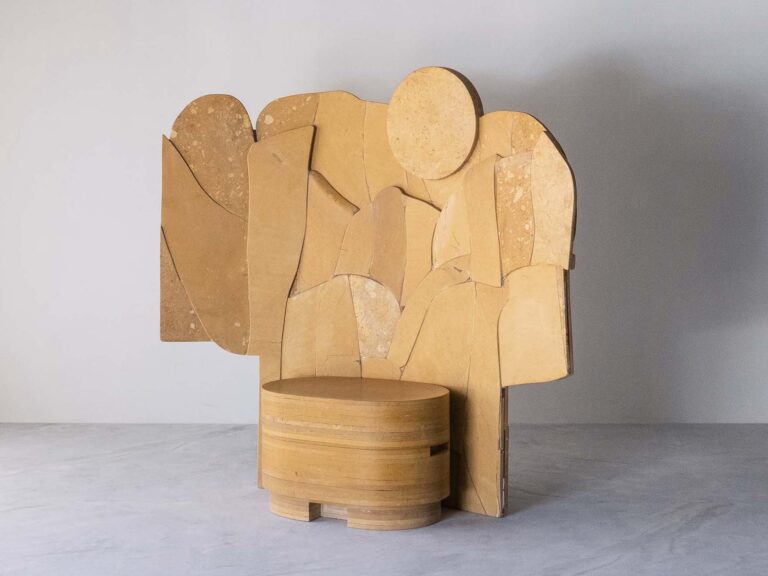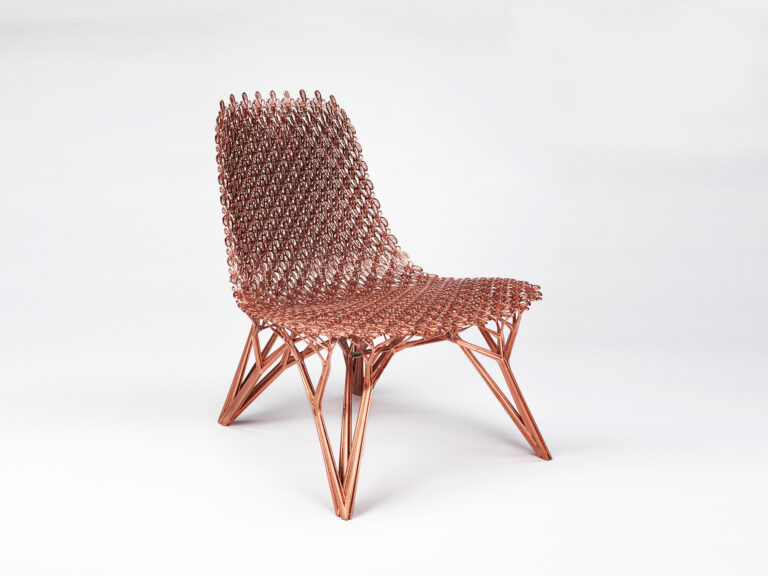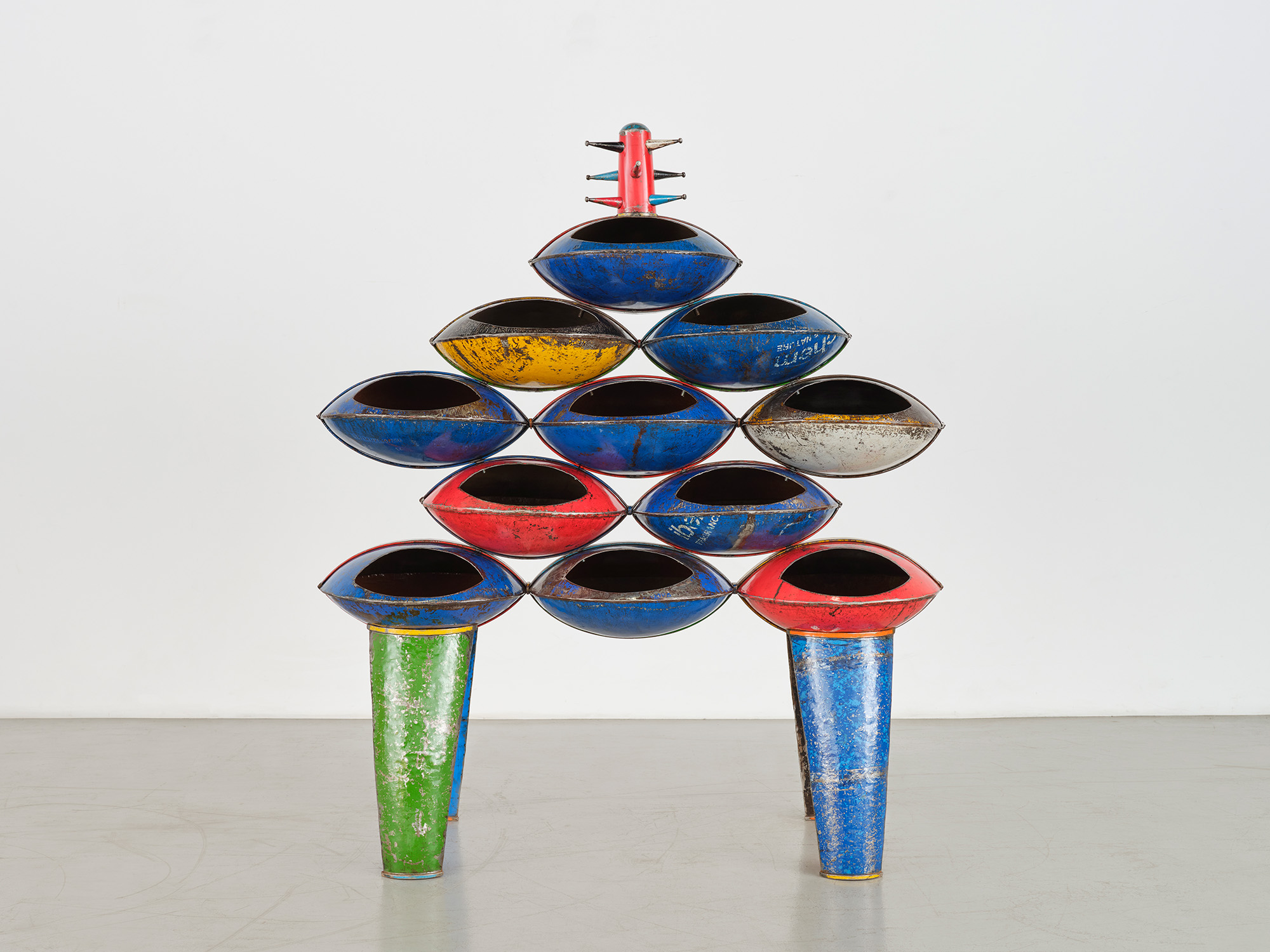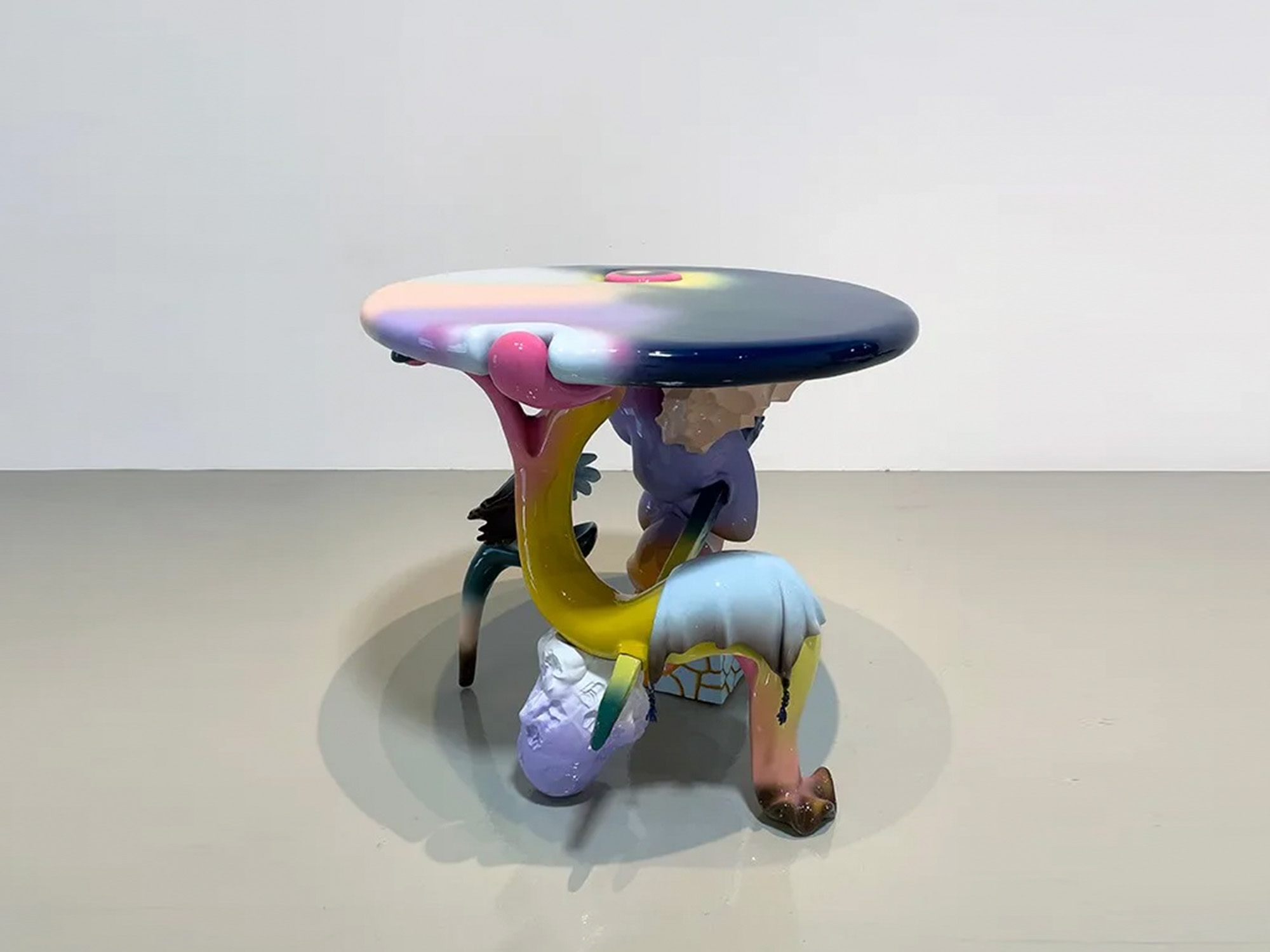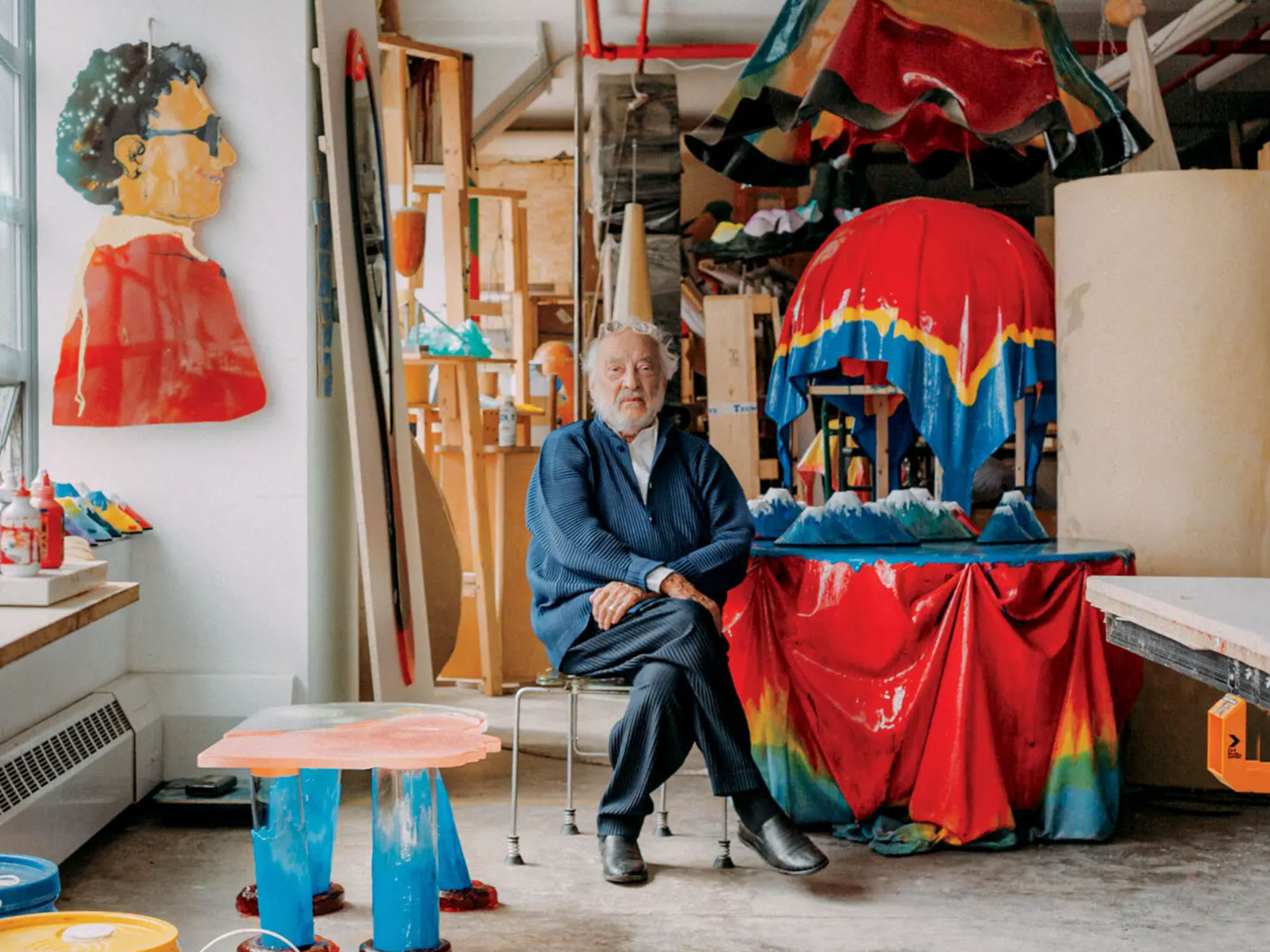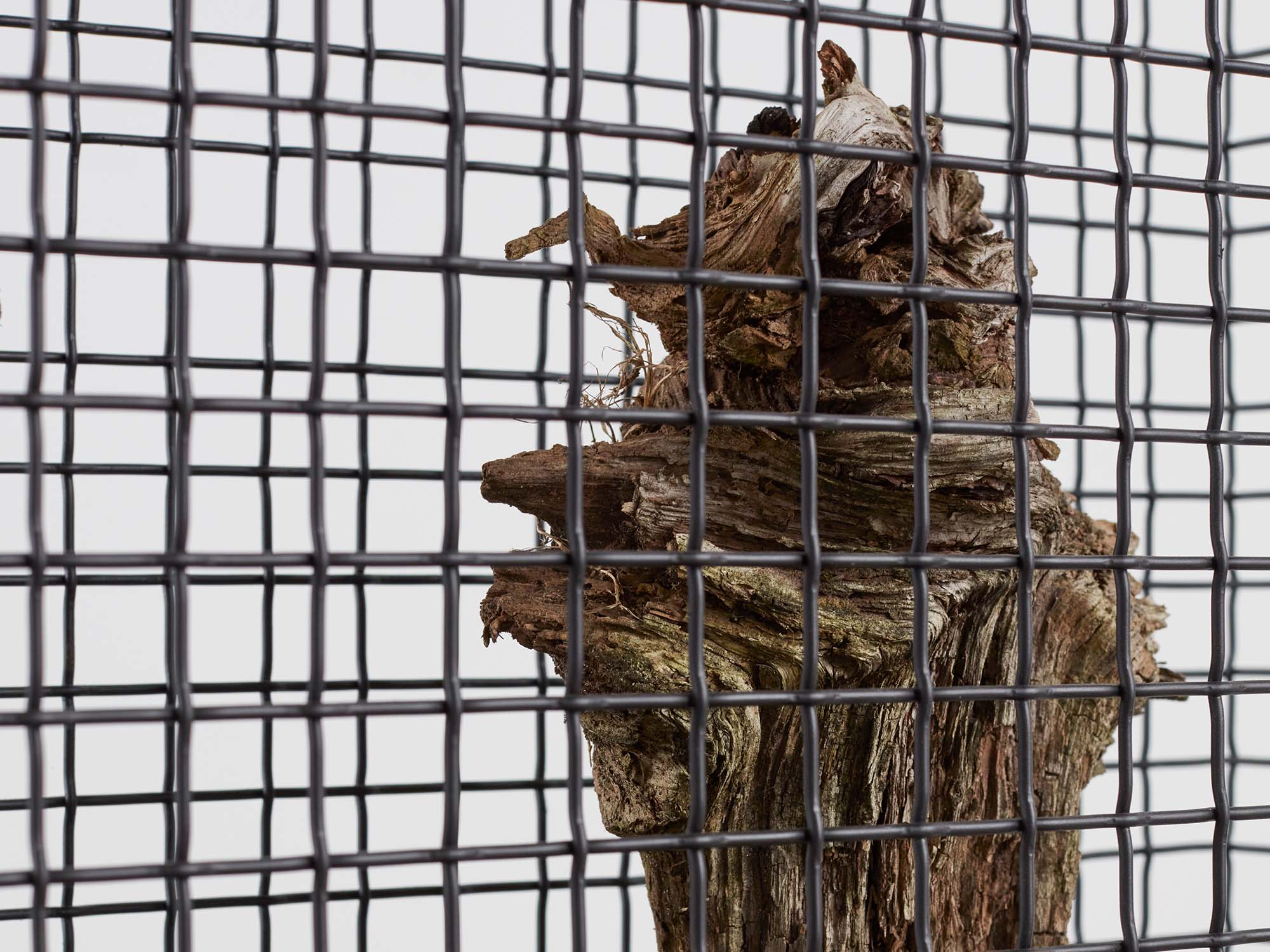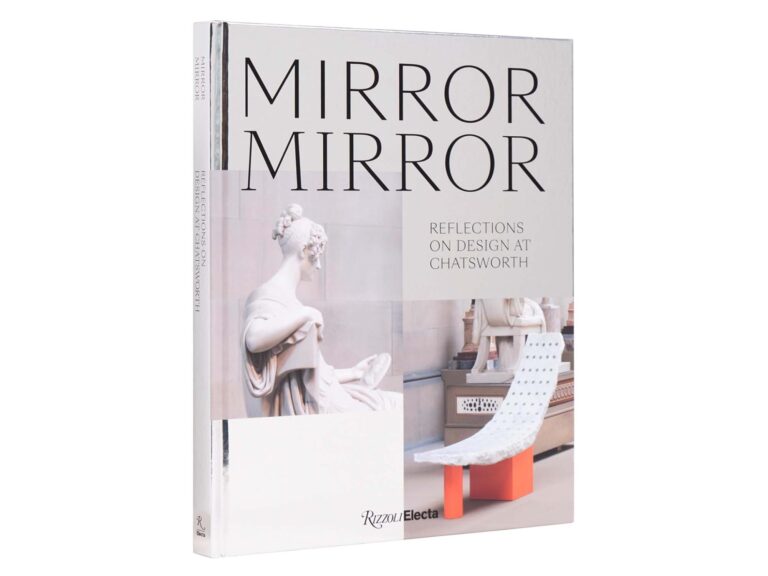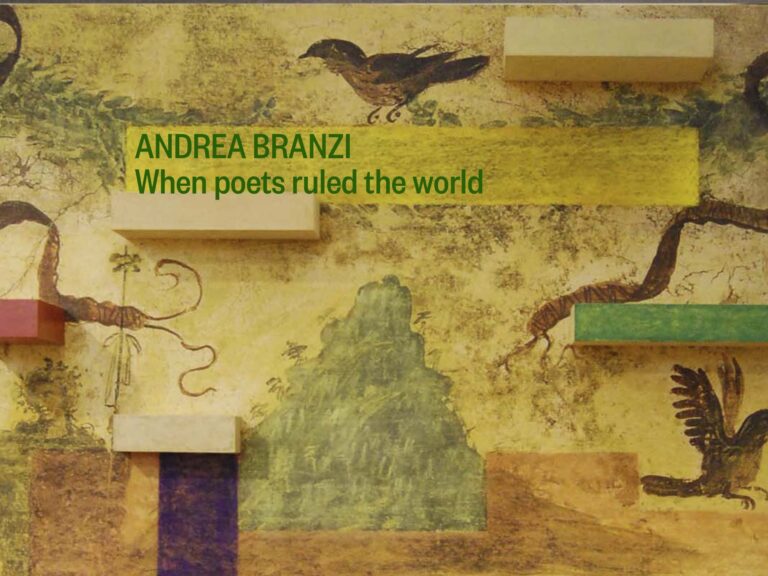“My intentions with developing an extended body of work under the title iThongo is to highlight a gathering of dreams, seated in the soul, held by the spirits of our ancestors. The language of dreams is symbolic and therefore realized as uyalezo, messages from our ancestral spirits.” – Andile Dyalvane
Friedman Benda is pleased to announce iThongo by Andile Dyalvane, unveiling in New York on April 29, 2021. An extensive collection of sculptural ceramic seating, iThongo is Dyalvane’s second solo exhibition with the gallery and the second collaboration with Southern Guild. In homage to his ancestors, this body of work traveled in its entirety to Dyalvane’s rural homestead in Ngobozana, Eastern Cape, where his family and extended community had the opportunity to view it in November before being presented in Cape Town at the Southern Guild and presently, in New York at Friedman Benda.
iThongo, meaning “ancestral dreamscape” in Xhosa, refers to the medium through which messages (uYalezo uLwimi lwabaPhantsi) are transmitted from the ancestors. iThongo comprises a series of sculptural stools, chairs and benches, exhibited in the custom of Xhosa ceremonial gatherings, in a circular arrangement around a fire hearth and herbal offerings. Hand- coiled in terracotta clay, their voluptuous, rounded bases give rise to sculptural backrests stretching up to almost a meter tall. The intricate form of each is based on a single pictogram or glyph from a series of close to 200 symbols that Dyalvane has created to denote important words in Xhosa life – such as entshonalanga (sunset), igubu (drum), umalusi (herdsman) and izilo (totem animals) – and which also relate to the natural world and more universal human themes and concepts.
Dyalvane’s symbolic lexicon has been an ongoing project, born of his interest in preserving traditional Xhosa knowledge, cultural practices and language. The symbols began as calligraphic ink drawings that he has codified over the years, dating back to the work he produced for his first solo show at Friedman Benda, Camagu, in 2016. Their debossed forms also emerge from and dissolve into the sculptures’ clay surface, an effect created using tools such as carved stamps and linocut tiles. His coded language thus becomes embedded into both the form and the skin of each piece.
Taking their inspiration from both Dyalvane’s personal memories and various African artefacts, the seating objects are low, sitting close to the earth – the ground revered as an ancient portal for ancestral communion. Their forms are curved and spherical, echoing the traditional rondavel structures and kraal enclosures in which livestock are kept. Circular geometry is believed to facilitate a free exchange of energy in Xhosa spiritual practices (as it is in many other belief systems), in keeping with the organic shapes found in nature.
A series of interdisciplinary collaborations that Dyalvane initiated with other artists further broadens the exhibition’s scope. Sound healer and musician Nkosenathi Ernie Koela produced an immersive composition combining traditional instruments and sounds created by the artworks; Sisonke Papu, an Umtata-based poet, traditional healer and co-founder of the ISPILI Network in the Eastern Cape, wrote about Dyalvane’s use of symbology for the catalogue; and textile artist Onesimo Bam made a collection of garments hand-painted in indigo dye for him to wear for the ceremonial presentation of his work to his village and to gift to his elders.
A major exhibition, with poignant current relevance and profound cultural significance for the artist, iThongo extends outwards to his OoJola clan, the Xhosa people, South Africans of all races, and Black people of African descent. It is accompanied by a short documentary film and a catalogue containing academic texts shedding light on the exhibition’s spiritual aspects, both made possible with the support of BMW South Africa.
The exhibition is accompanied by a catalouge with an essays contributed by Jennifer Olshin, Glenn Adamson, and Andile Dyalvane.
Watch Documentary Film Here:
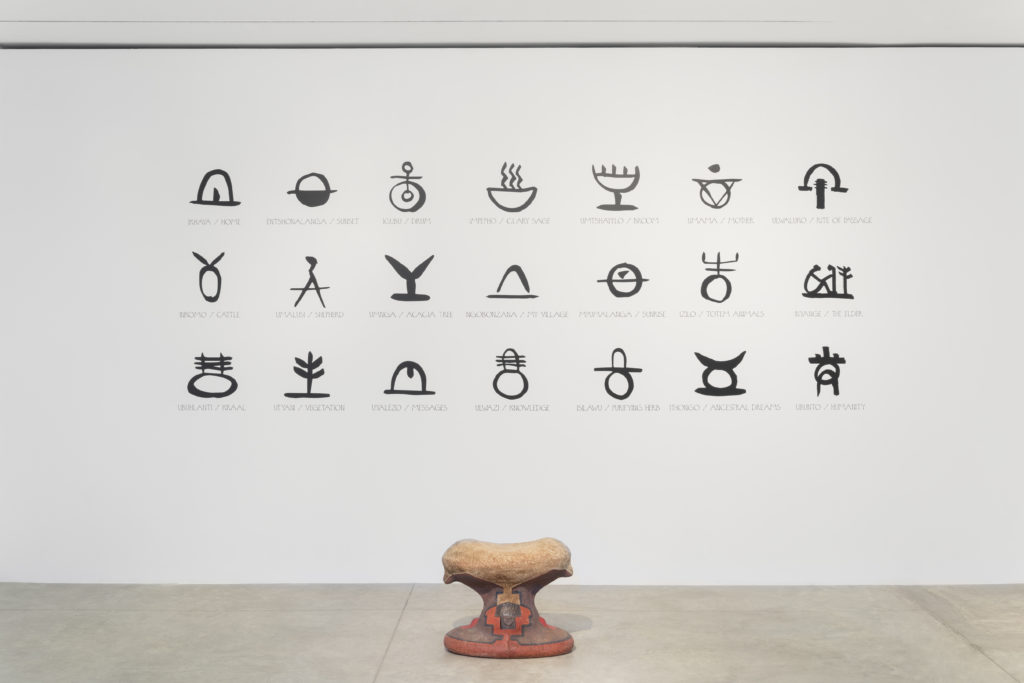
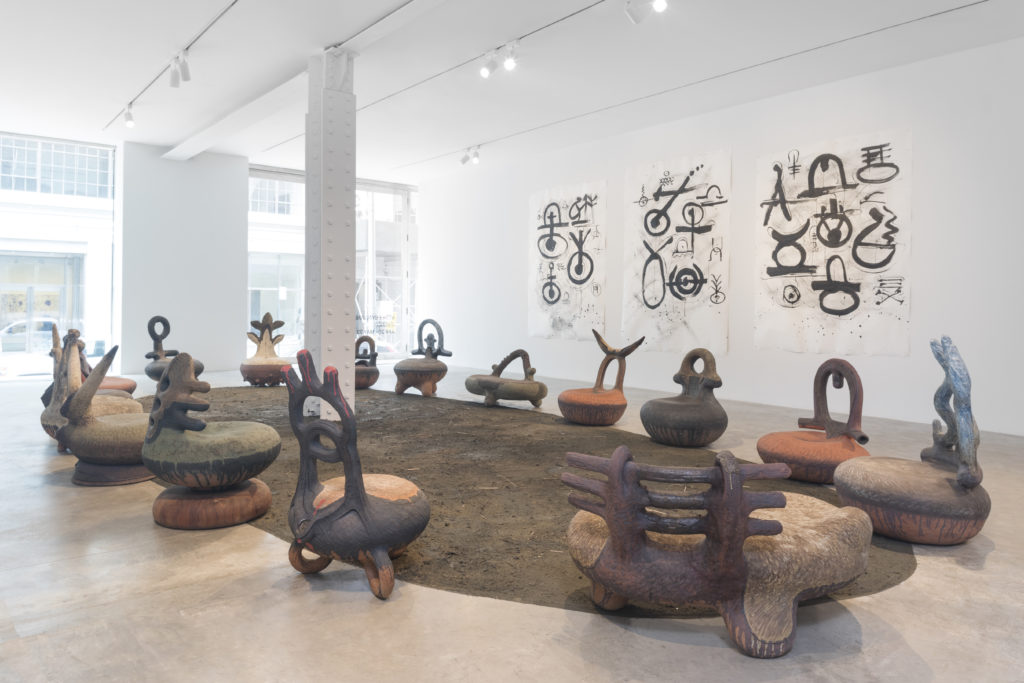
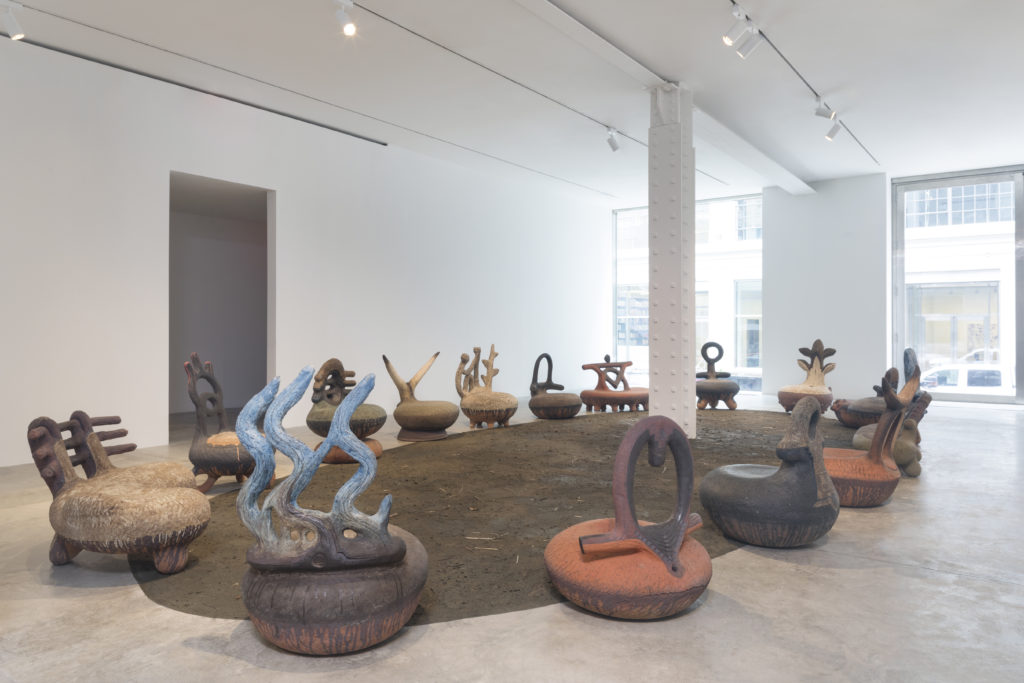
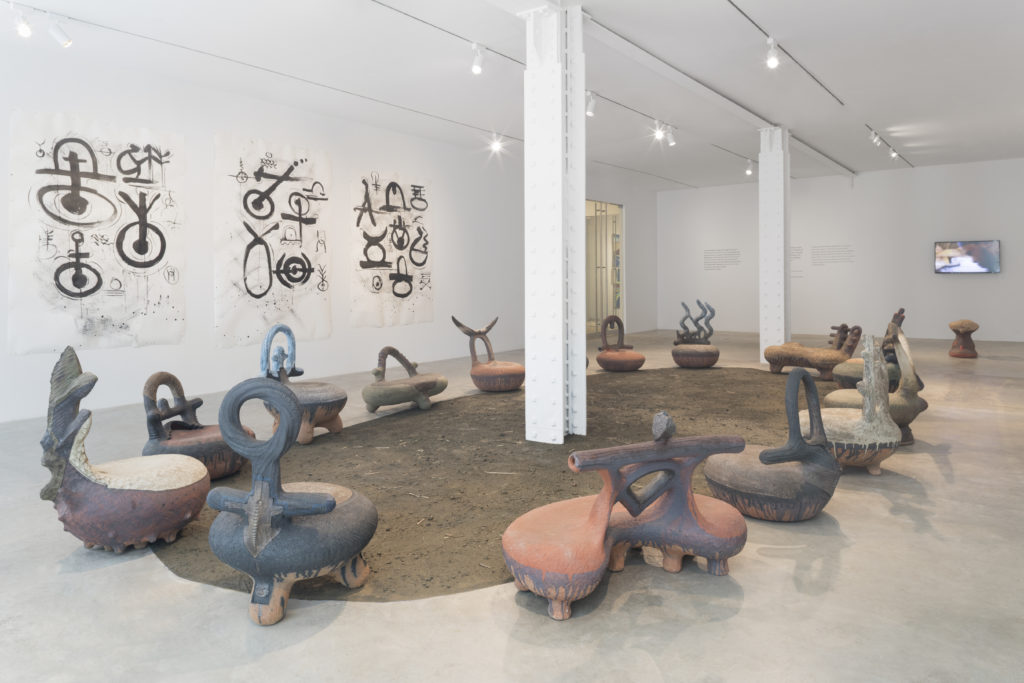
About Andile Dyalvane
Widely considered one of South Africa’s foremost ceramic artists, Dyalvane was born in 1978 in the small village of Ngobozana, near Qobo-Qobo in the Eastern Cape, He grew up farming and looking after his father’s cattle herd – developing a deep connection to the land and his Xhosa culture that resonates powerfully through his work today. His medium of clay, or umhlaba (mother earth). is at its most fundamental a life-affirming connection to the soil.
Dyalvane completed a National Diploma in Art and Design at Sivuyile Technical College in Gugulethu, Cape Town, followed by a National Diploma in Ceramic Design from Port Elizabeth Technikon in 2003. In 2005, he and Zizipho Poswa co-founded Imiso Ceramics.
Dyalvane’s work is in the collections of the Vitra Design Museum in Weil am Rhein, Yingge Ceramic Museum in Taipei, Iziko South African National Gallery (SANG) in Cape Town, NMMU Art Museum in Port Elizabeth, and the Corobrik Ceramics Collection of Pretoria Art Museum in Pretoria, South Africa. He has presented his ceramics in four exhibitions at Southern Guild and two exhibitions at Friedman Benda, as well as museums all over the world, including the National Art Museum of China, the Vitra Design Museum, and Iziko SANG.
A member of the International Academy of Ceramics, Dyalvane has received residencies in Denmark, France, the United States, UK, and Taiwan, and shares his knowledge through master classes and workshops in South Africa and internationally. He is the recipient of the 2015 Design Foundation Icon Award.
